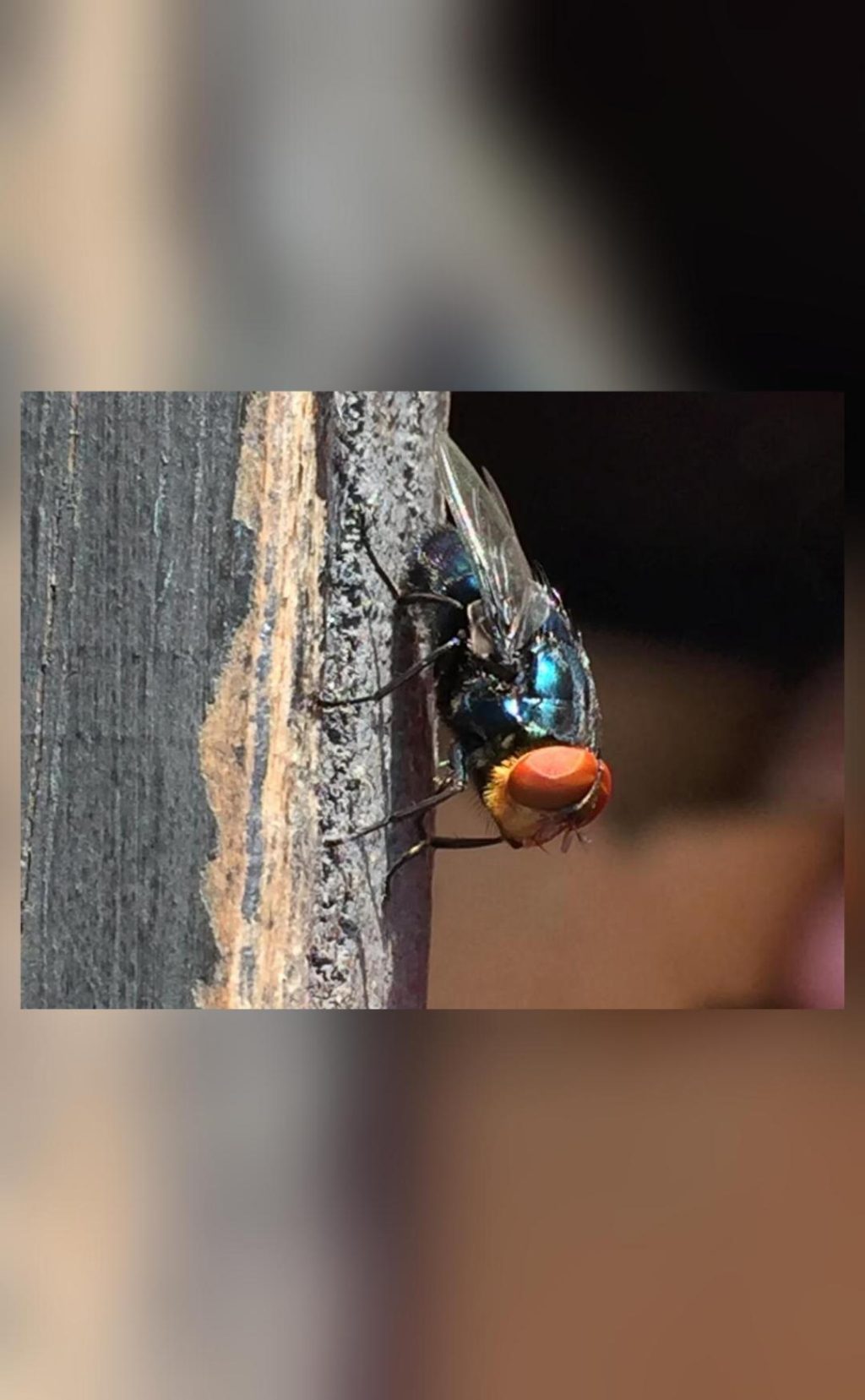
Why is the US planning to breed and release millions of screwworm flies over Mexico and Texas?
In a bizarre yet innovative move, the United States government is planning to breed billions of male screwworm flies and release them from planes over Mexico and southern Texas. The goal of this unusual endeavor is to protect the US beef industry from the flesh-eating larvae of the New World screwworm fly. But how will this work, and what are the implications of this plan?
According to reports, the US Department of Agriculture (USDA) has been working on a program to control the screwworm fly population using a novel approach. The plan involves breeding massive numbers of male screwworm flies, sterilizing them with radiation, and then releasing them into the wild.
The logic behind this approach is that the sterile male flies will mate with the female flies, which will not produce any offspring. Over time, the female fly population will decline, and eventually, the screwworm fly population will die out. This method is commonly known as the Sterile Insect Technique (SIT).
The New World screwworm fly (Chrysops silacea) is a significant pest in the livestock industry, particularly in the southern United States and Mexico. The larvae of this fly feed on the flesh of animals, causing significant damage and even death. The fly is native to Central and South America, but it was accidentally introduced to the southern United States in the 1960s. Since then, it has spread to other parts of the country, causing significant economic losses to the cattle industry.
The USDA’s plan to breed and release sterile male screwworm flies is a response to the growing threat posed by this pest. By using SIT, the agency hopes to reduce the screwworm fly population and prevent the spread of the larvae to other areas.
But how does the process work? According to experts, the breeding process involves creating a large colony of screwworm flies in a controlled environment. The male flies are then sterilized using gamma radiation, which prevents them from producing offspring. The sterile male flies are then transported to the release sites, typically by plane, and released into the wild.
The released flies will then mate with the female flies, which will not produce any offspring. Over time, the female fly population will decline, and the screwworm fly population will eventually die out. This process can take several generations to work, but it has been proven to be an effective method for controlling pest populations.
The USDA has already successfully used the SIT method to control other pest populations, including the Mediterranean fruit fly and the Mexican fruit fly. The agency is now planning to use this method to control the screwworm fly population in Mexico and southern Texas.
While the use of sterile male flies to control pest populations may seem unusual, it is an effective and environmentally friendly method. Unlike other methods of pest control, which can harm non-target species, the SIT method specifically targets the pest population, minimizing the risk of harm to other animals and the environment.
However, there are still some concerns about the plan. Some experts have raised concerns about the potential impact of the released flies on non-target species, such as birds and other insects. Additionally, there are concerns about the potential for the flies to adapt to the radiation treatment, making them less effective over time.
Despite these concerns, the USDA is confident that the SIT method will be effective in controlling the screwworm fly population. The agency has already begun implementing the plan, with the first releases of sterile male flies taking place in 2022.
In conclusion, the US government’s plan to breed and release millions of sterile male screwworm flies over Mexico and southern Texas is a unique and innovative approach to controlling a significant pest population. While there are some concerns about the potential impact of the released flies on non-target species, the SIT method has been proven to be an effective and environmentally friendly method for controlling pest populations. As the USDA begins implementing this plan, it will be important to closely monitor the results and address any concerns that may arise.






